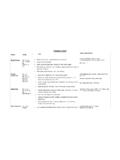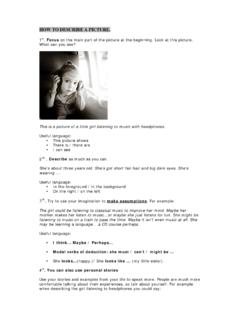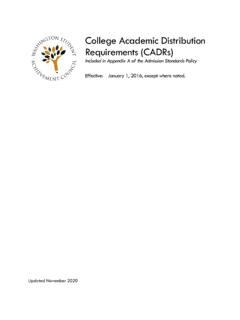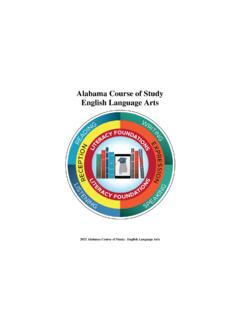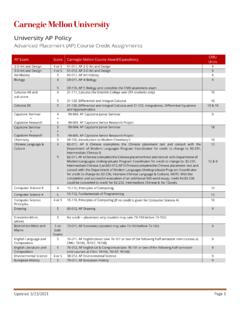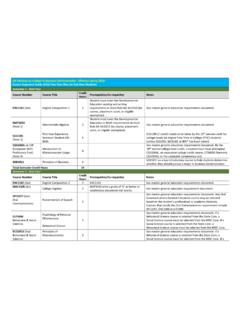Transcription of HOW TO DESCRIBE A PICTURE - Blog de Cristina
1 HOW TO DESCRIBE A PICTURE . 1st. Focus on the main part of the PICTURE at the beginning. Look at this PICTURE . What can you see? This is a PICTURE of a little girl listening to music with headphones. Useful language: y This PICTURE shows y There is / there are y I can see 2nd . DESCRIBE as much as you can. She s about three years old. She s got short fair hair and big dark eyes. She s wearing .. Useful language: y In the foreground / in the background y On the right / on the left 3rd . Try to use your imagination to make assumptions. For example: The girl could be listening to classical music to improve her mind. Maybe her mother makes her listen to maybe she just listens for fun. She might be listening to music on a train to pass the time. Maybe it isn't even music at all. She may be learning a CD course perhaps. Useful language: y I Maybe / y Modal verbs of deduction: she must / can t / might be.
2 Y She (happy.)/ She looks like .. (my little sister). 4th. You can also use personal stories Use your stories and examples from your life to speak more. People are much more comfortable talking about their experiences, so talk about yourself. For example when describing the girl listening to headphones you could say: The little girl is wearing headphones, like the ones my dad had when I was about 6 years old. I remember he used to use them to play the electric key board without bothering my mom. When I wore those headphones some of the black plastic would come off and get stuck on my ears and face. They were huge like the ones you can buy See what I mean? Talking about examples about your life while still describing the a girl with headphones but you are more relaxed and comfortable. It is best to think about the WHO WHAT WHERE WHEN WHY HOW of each about the subject, environment, time of day, weather, location, will give you ideas to keep you talking.
3 Finally: Practise EVERY DAY. If you get your mind used to doing the activity you will find that during the exam you will not struggle to find ideas. Your ideas will come to your mind quickly and with little effort. Now see the following examples: (speaking) (listening) #toppage (listening) EOI Gij n


